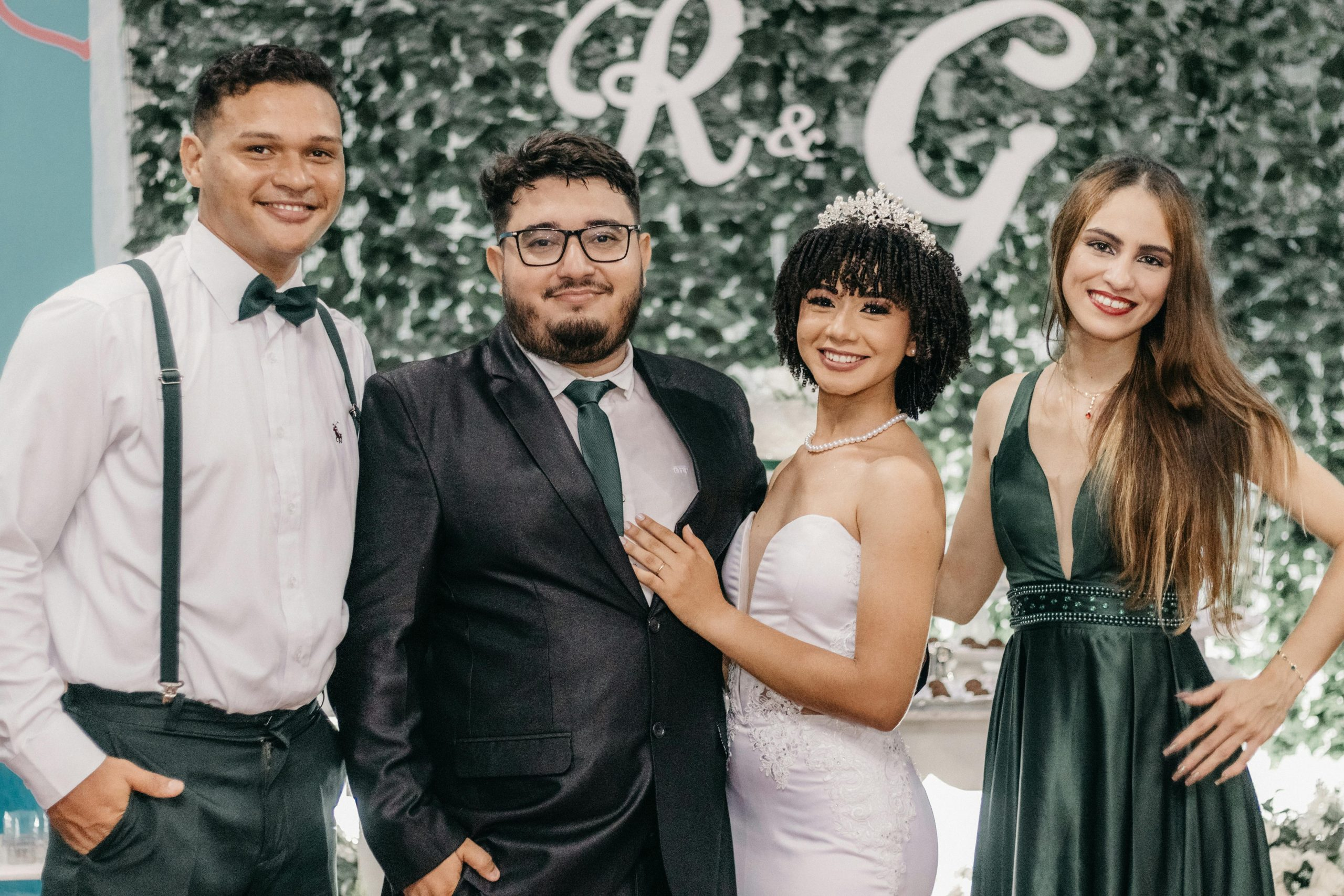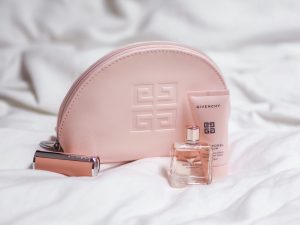Wedding Guest Dress Codes Decoded: What “Black-Tie Optional” *Really* Means
As wedding season approaches, you receive your fair share of invitations in the mail. You happily RSVP “yes” to your friends and family’s special day, but before you start planning your outfit, you take a closer look at the dress code. And then you see it, those often-misunderstood words: “black-tie optional”. What exactly does that mean? Do you have to wear a black-tie? Can you skip the tie altogether? Don’t worry, you’re not alone in your confusion. In this article, we’ll decode the “black-tie optional” dress code and break down what it really means for your wedding guest attire. 
Understanding the Dress Code
First things first, let’s get a general understanding of dress codes and why they are important. Dress codes are set by the hosts to ensure that guests dress appropriately for the occasion. It’s their way of indicating the level of formality for the event and giving guests guidance on what is considered appropriate attire. By following the dress code, you are showing respect to the hosts and the occasion.
Black-Tie Optional Explained
Now that we have some context, let’s dive into the “black-tie optional” dress code. As the name suggests, this is an optional dress code that allows guests to choose between traditional black-tie attire or a stylish cocktail dress for women and a dark suit for men. Essentially, this dress code gives you the freedom to dress up or down to your preference, as long as you stay within the boundaries of formal attire.
Some hosts opt for this dress code to give their guests more flexibility, while still maintaining a level of formality for the event. It’s a great option for weddings that are taking place in the evening, as it allows guests to dress up for the occasion without being too strict on the dress code. However, just because it says “optional”, doesn’t mean you can show up in jeans and a t-shirt.
Men’s Attire for “Black-Tie Optional”
For men, traditional black-tie consists of a tuxedo, a white shirt, and a black bow or necktie. For a “black-tie optional” event, this attire is still appropriate, but you have the option to dress it down. Instead of a tuxedo, you can opt for a dark suit in navy, charcoal or black. You can still pair it with a white shirt and black tie, or you can mix it up with a different colored shirt or a patterned tie. Just make sure to avoid any casual fabrics like khaki or linen and stick to formal materials like wool or silk.
Women’s Attire for “Black-Tie Optional”
The options for women are a bit more varied when it comes to “black-tie optional”. You can choose to wear a floor-length formal gown, a chic cocktail dress, or even a fancy jumpsuit. If you opt for a long dress, make sure it’s not too flashy and steer clear of bright colors. A classic little black dress is always a safe and elegant choice for this dress code. If you want to add a pop of color, do so with accessories like a statement necklace or shoes. As for the fabric, stick to formal and luxurious materials like silk, chiffon, or lace.
Our Final Thoughts
Now that you have a better understanding of the “black-tie optional” dress code, you can start planning your outfit with ease. Remember, when in doubt, it’s always better to dress a bit more formal than not formal enough. And if you’re still unsure, don’t hesitate to ask the hosts for clarification. They will appreciate your effort in adhering to the dress code and you’ll feel confident and comfortable at the event. Happy dressing!
In conclusion, the “black-tie optional” dress code gives guests a bit of room to play with their formal attire while still maintaining an elegant and sophisticated look. Just remember to stick to appropriate materials and avoid anything too casual. With these tips in mind, you’ll be the best-dressed guest at any “black-tie optional” wedding.











